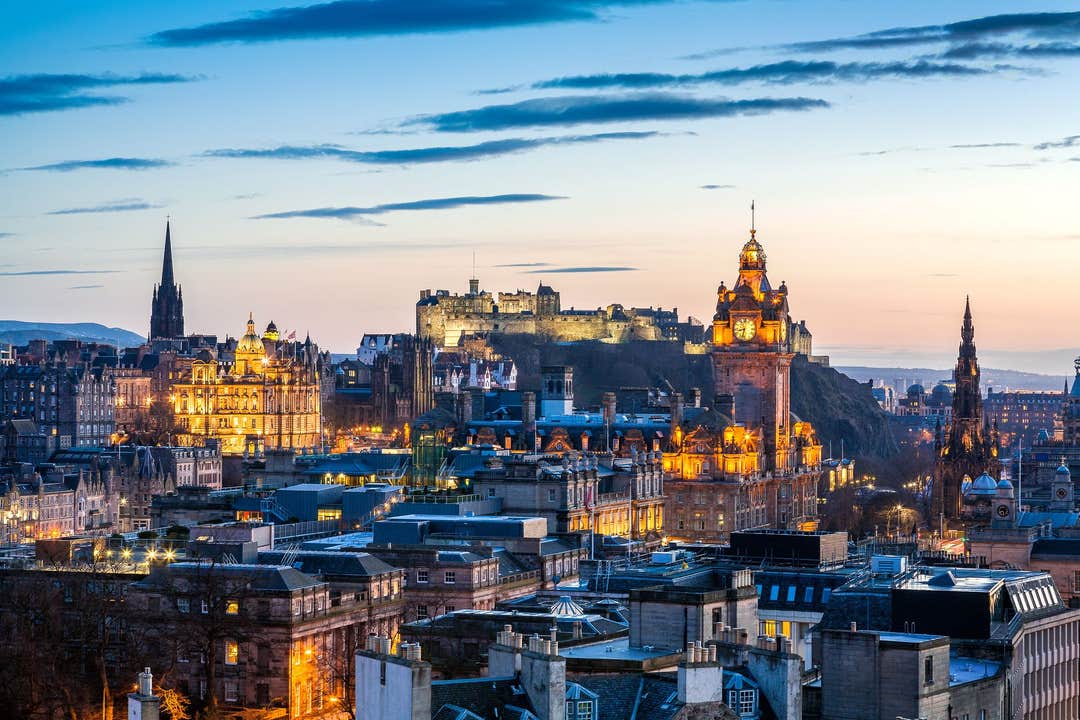
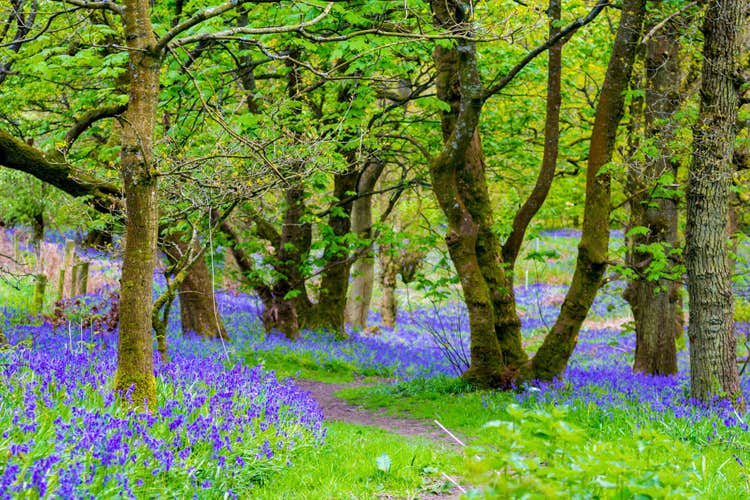
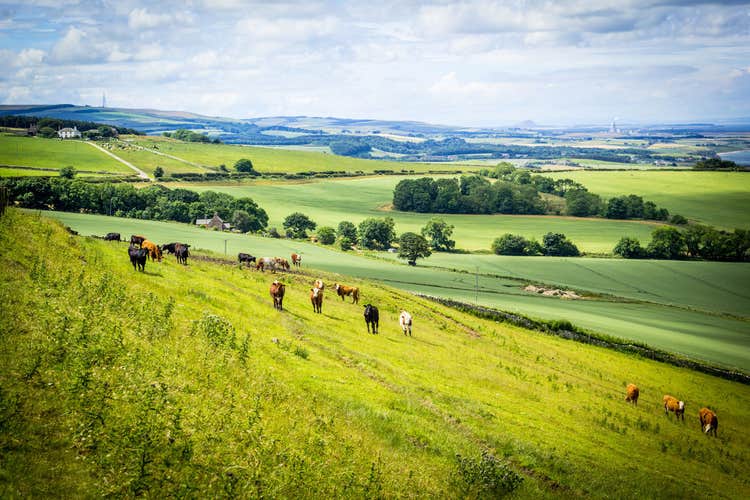


Turn your dreams into reality with this comprehensive guide that helps you determine the best time to visit Scotland! Discover how weather, key events, and seasonal highlights can help you tailor your trip to suit your interests.
Scotland’s allure goes beyond its famous sights—it’s about connecting with its rhythms, whether in the quiet beauty of spring, the long, golden days of summer, or the cozy charm of winter. With the largest selection of travel packages in Scotland, you can experience each season’s unique magic. Staying in the best accommodations in Scotland will add an extra special touch, helping you savor every moment.
This guide takes you through Scotland’s seasonal highlights, from weather insights to unique activities. When you’re ready to book a flight to Scotland, plan at the right time to ensure a truly memorable adventure. Considering a scenic route? Book the best train tickets to Scotland to make the journey just as captivating as the destination. Prepare to explore Scotland’s stunning landscapes, rich culture, and undeniable charm!
Scotland’s Unique Weather: What You Need To Know
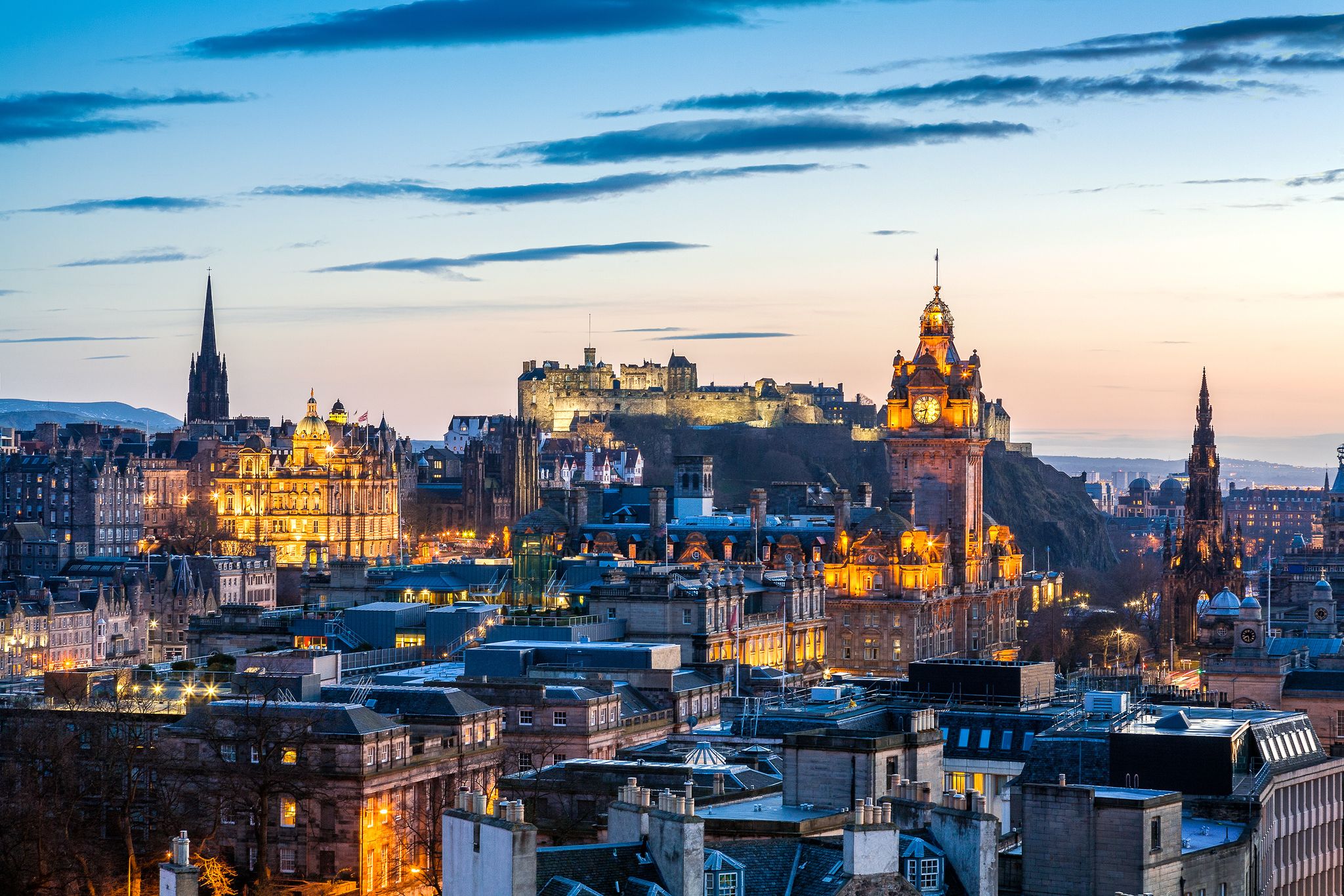
Scotland’s weather is famously unpredictable, often experiencing "four seasons in one day." You can start the day with sunshine, encounter rain and wind by midday, and end with a chilly evening—all within a few hours. Such changes are due to Scotland's location and the Atlantic Ocean, which brings wet, mild air across the country.
Generally, the West Coast is wetter due to winds from the Atlantic, while the east coast is drier and sunnier. This difference can be quite pronounced. For instance, places like Glasgow and the Isle of Skye can get much more rain than Edinburgh or Aberdeen.
Coastal areas tend to be milder year-round due to the moderating effect of the sea. Meanwhile, the inland and Highland regions experience much colder winters and cooler summers, which can influence the best time to visit Scotland.
The key to enjoying Scotland, regardless of the weather, is to be prepared. It can also help you plan your trip well, ensuring you're ready for whatever the weather brings.
The Best Time of Year To Visit Scotland: A Seasonal Guide
This guide will help you decide the best time to visit Scotland by exploring how each season shapes the country’s charm. You’ll find detailed weather insights, iconic seasonal events, and practical tips to experience the best things to do in Scotland.
Spring in Scotland (March to May)

Spring Weather in Scotland
Spring in Scotland sees temperatures ranging from 6 C to 15 C (43 F to 59 F). The weather can be unpredictable, with a mix of sunny days and rain showers. The days get longer as the season goes on, providing more hours to enjoy sightseeing or explore outdoor activities in Scotland.
Festivals and Events in Scotland During Spring
Spring festivals such as the Edinburgh International Science Festival and the Spirit of Speyside Whisky Festival draw visitors. This is also a great time for some wildlife spotting, with many animals emerging after winter. Birdwatchers can enjoy seeing migratory birds return. Nature lovers will appreciate the vibrant flora blooming across the countryside.
Pros and Cons of Visiting Scotland in Spring
Spring offers beautiful landscapes with blooming flowers. With fewer tourists, spring is the best time to visit Scotland’s popular sites to avoid crowds. However, weather conditions fluctuate this season, so prepare with versatile clothing and gear. Bringing layers and waterproof clothing will help you stay comfortable during your adventures.
Summer in Scotland (June to August)
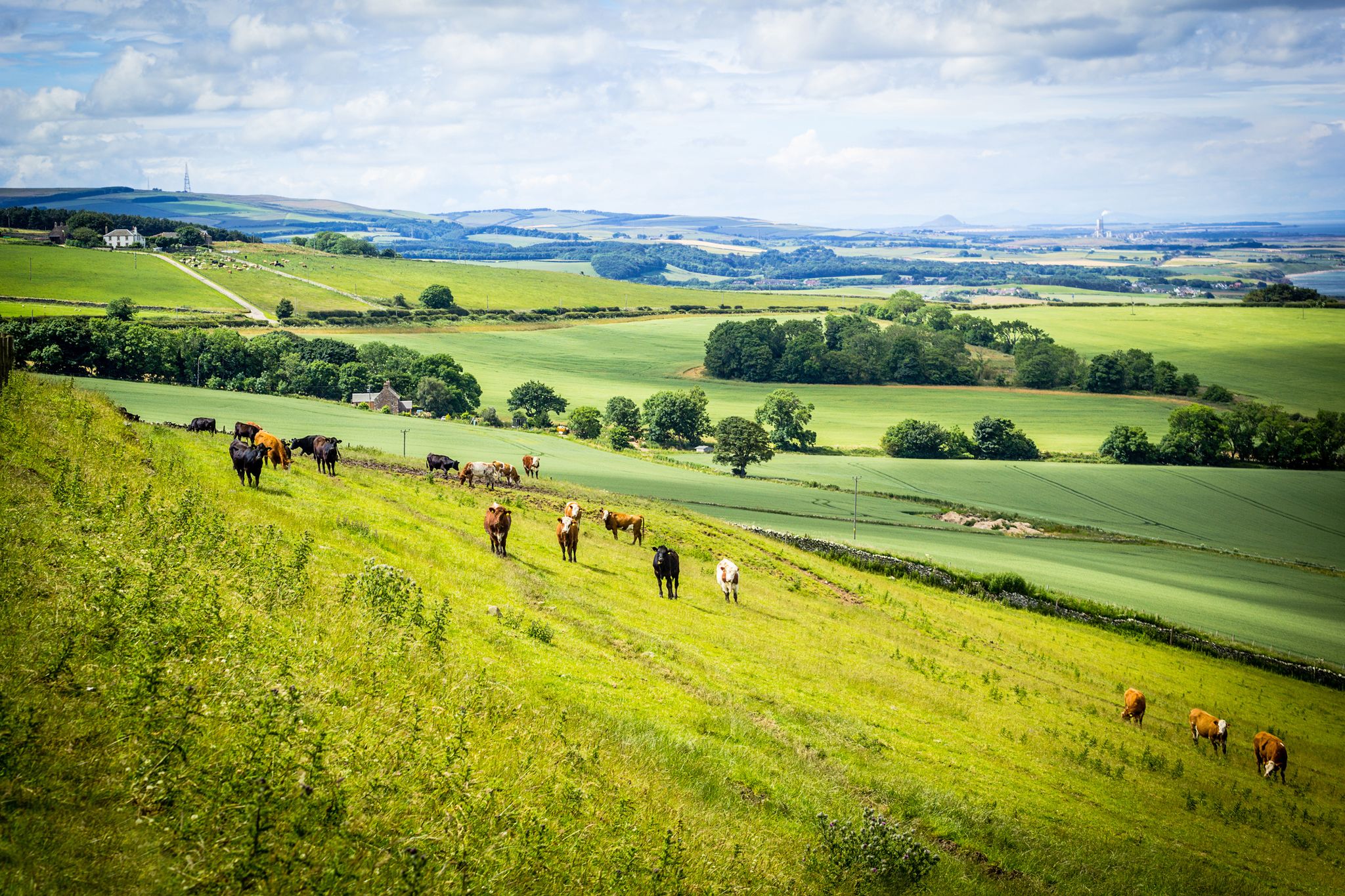
Summer Weather in Scotland
In Scotland, summer temperatures range from 10 C to 19 C (50 F to 66 F). It’s the warmest time of the year with long daylight hours, especially in June when the sun sets around 11 PM. The long days provide lots of time to explore and enjoy the outdoors.
Summer Festivals and Highland Games in Scotland
Major events include the Edinburgh Festival Fringe, the world’s largest arts festival. Also, the Highland Games happen in various locations throughout Scotland. The Royal Edinburgh Military Tattoo is another highlight, featuring impressive military performances near Edinburgh Castle.
Pros and Cons of Visiting Scotland in Summer
Summer is the best time to visit Scotland for outdoor activities and festivals. But, it's also the peak tourist season. Prices are higher, and attractions are packed with people. Booking accommodations and tickets in advance is essential to avoid disappointment. The weather is usually nice, but there may be some rain so be ready.
Autumn in Scotland (September to November)
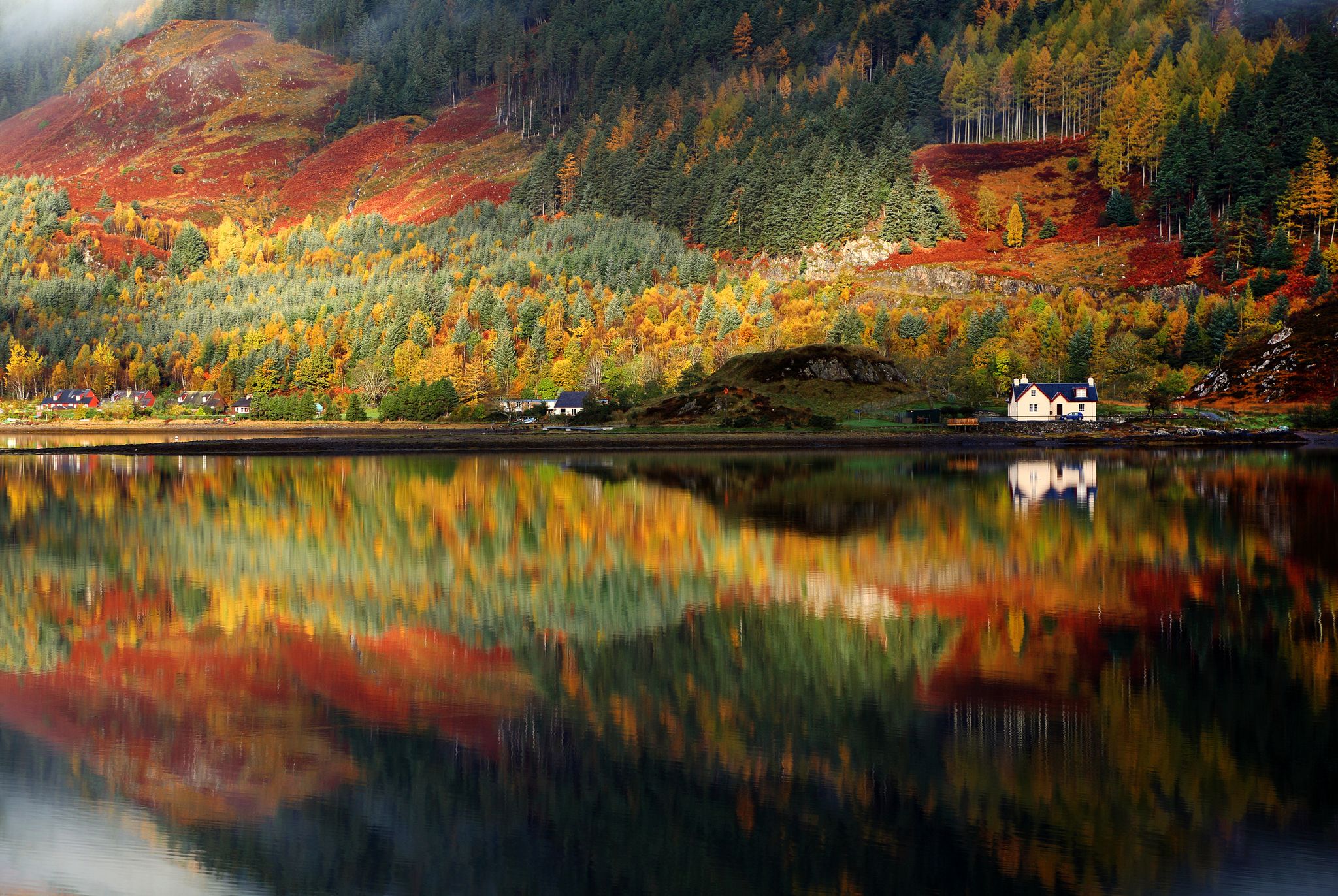
Autumn Weather in Scotland:
Autumn temperatures range from 5 C to 15 C (41 F to 59 F). Cooler temperatures and frequent rain characterize the season. The days begin to shorten, but the crisp air and vibrant fall colors create a picturesque setting.
Harvest Celebrations and Autumn Events in Scotland
Autumn features harvest festivals and Halloween celebrations. It’s also a great time for food and drinks festivals showcasing local produce and traditional Scottish fare.
Pros and Cons of Visiting Scotland in Autumn
Autumn offers stunning fall colors, which makes it the best time to visit Scotland for scenic drives. However, the weather can be wet and chilly, so warm clothing and waterproof gear are essential.
Winter in Scotland (December to February)
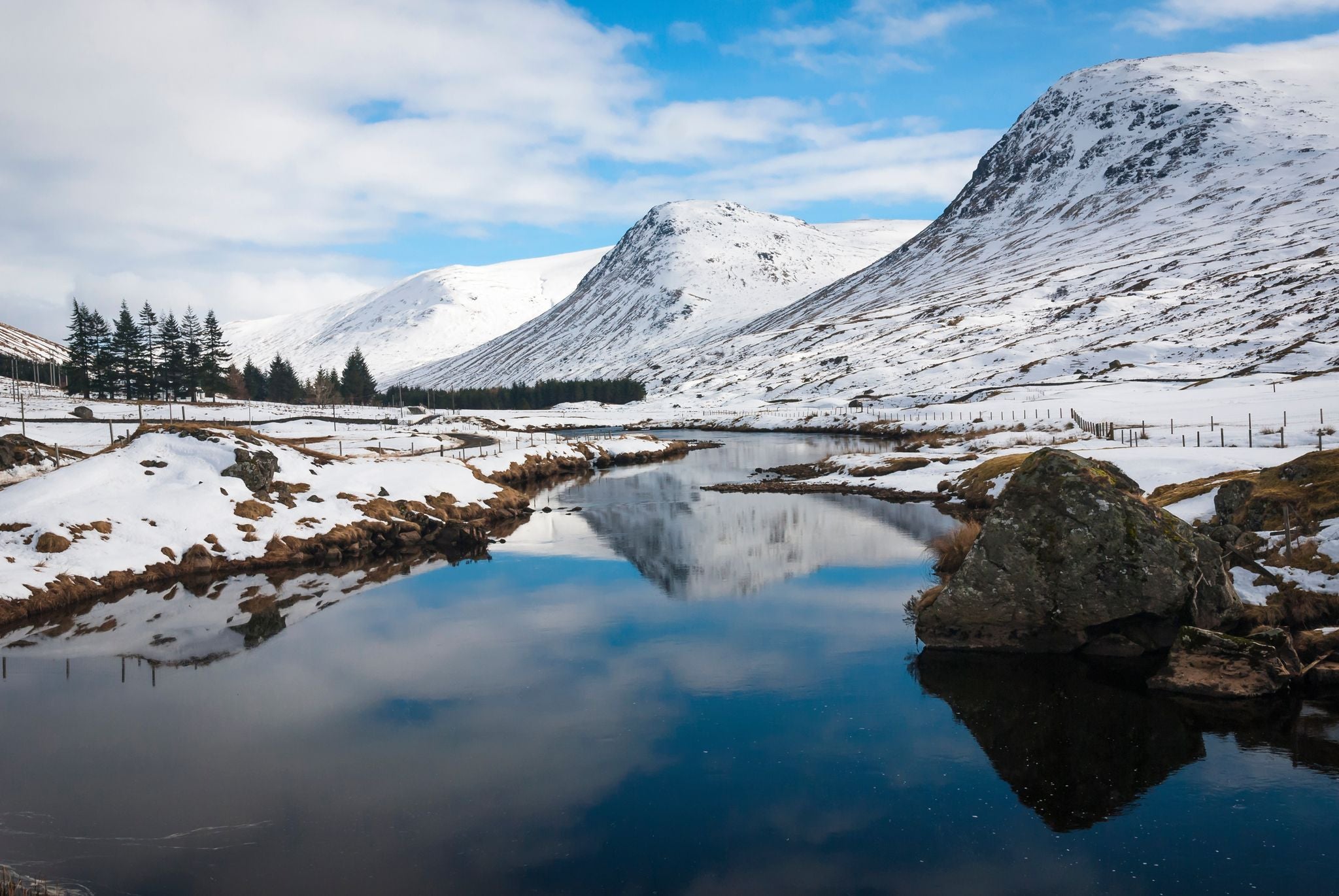
Winter Weather in Scotland:
Winter temperatures range from 0 C to 5 C (32 F to 41 F), with snow possible in the Highlands. Days are short, with daylight hours as brief as six hours in December. Despite the cold and dark conditions, this season creates a cozy atmosphere for enjoying indoor activities.
Winter Events in Scotland: Christmas, Hogmanay, and Burns Night
Winter highlights Christmas markets and Hogmanay (New Year’s Eve) celebrations. In January, there is Burns Night, which honors poet Robert Burns. These events bring warmth and festivity to the winter months, offering unique cultural experiences.
Pros and Cons of Visiting Scotland in Summer
Winter provides a festive atmosphere and is the best time to visit Scotland to experience unique traditions. The chance of snow in the Highlands makes it a great time for winter sports fans. However, the cold weather and short days can be a drawback for some travelers. Make sure to wear warm clothing and schedule indoor events to match your plans.
When To Visit Scotland Based on Your Interests
Best Time To Visit Scotland for Favorable Weather Conditions
Late spring (May to June) and early autumn (September) have mild temperatures. The weather is stable, which is ideal for outdoor activities. During these months, Scotland’s landscapes are at their most vibrant.
Spring brings lush greenery and blooming flowers. Autumn showcases stunning fall foliage. These periods also have longer days, providing more time to explore and enjoy the outdoors.
Best Times To Go to Scotland for Fewer Tourists

If you prefer a quieter experience, spring (March to May) and autumn (September to November) are the best times to go to Scotland. These seasons see fewer tourists compared to the busy summer months, so exploring popular sites like Stirling Castle, the Isle of Skye, and the Scottish Highlands is more intimate. You'll also find a more relaxed atmosphere in the cities and towns, allowing for a more authentic experience.
Cheapest Time of the Year To Visit Scotland

Winter (November to February), excluding the holiday season, is the cheapest time to visit Scotland. During these months, you'll find lower prices on places to stay and flights. There will also be fewer tourists.
The weather can be cold and wet, but the winter months offer a unique charm. This season offers festive events such as Scotland’s famous Hogmanay celebrations. It's a great time to enjoy indoor attractions like museums, galleries, and historic buildings.
Best Time To Visit the Scottish Highlands

The best times to explore the Scottish Highlands are May and June. The days are long and the weather is blooming, creating a picturesque landscape. These months are great for hiking and watching wildlife to enjoy the region's natural beauty.
September is also a great time to visit, with the added bonus of beautiful autumn colors and fewer tourists. The cooler temperatures make for comfortable hiking. The clear skies provide stunning views of the mountains and lochs.
When To Visit Scotland for a Midge-Free Vacation
Midges are tiny, biting insects that can be a nuisance in the warmer months. This is especially true from late May to early September.
To avoid them, consider visiting in spring (March to April) or autumn (September to October). During these times, the weather is pleasant, allowing you to enjoy outdoor activities midge-free.
If you do visit during the midge season, make sure to protect yourself from midges. Bring insect repellant and wear long sleeves and trousers to reduce exposure.
High, Low, and Shoulder Seasons in Scotland
High Season: Summer Festivities and Sunshine
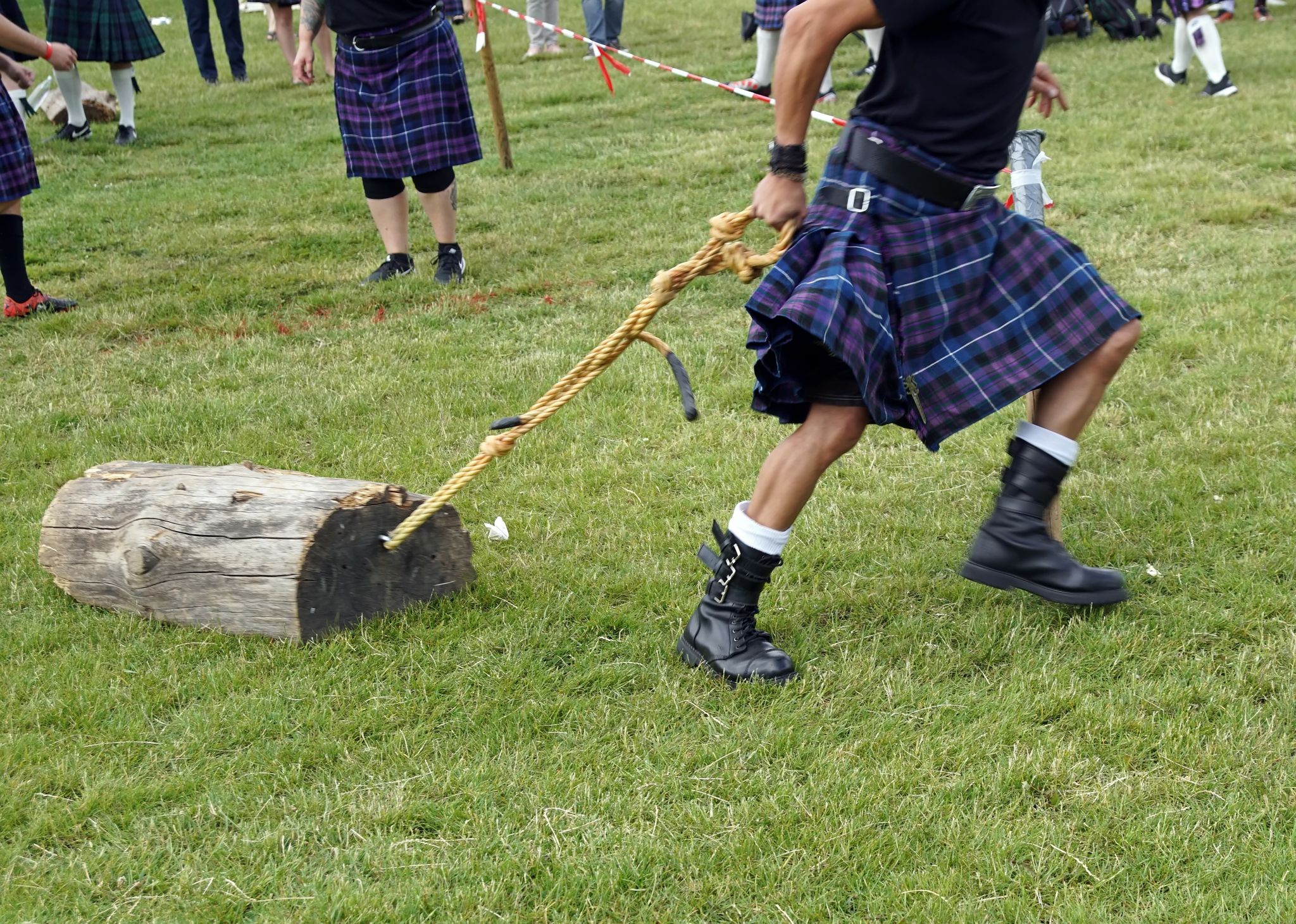
Scotland’s summer (June to August) is bustling with activity and celebration. Warm, sunny weather attracts many tourists. Though flights and accommodations are pricier, the vibrant atmosphere and numerous events make it a memorable time to visit.
The season features the Edinburgh Festival Fringe and the Royal Edinburgh Military Tattoo, offering spectacular performances. Highland Games events showcase traditional sports, music, and dance across the country.
To make the most of your summer trip to Scotland, book your accommodations and flights early to secure the best rates. Planning ahead is key, so create an itinerary that includes the major festivals and events you want to experience.
Take advantage of the long daylight hours to explore Scotland’s stunning natural landscapes. Savor traditional Scottish dishes and the local whisky.
Shoulder Seasons: Pleasant Weather and Fewer Crowds
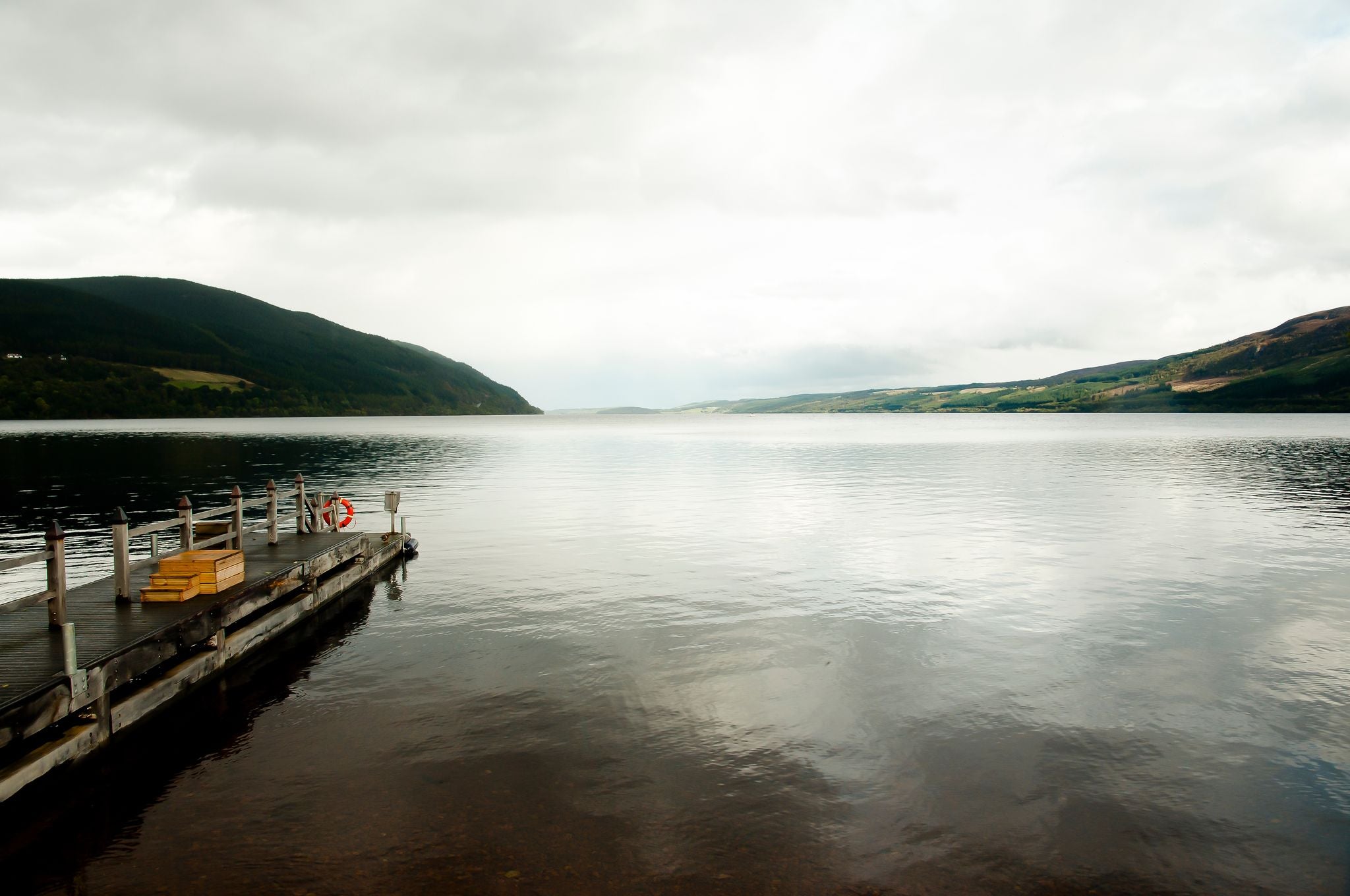
Those seeking pleasant weather without the summer crowds should visit Scotland in May, June, or September. May and June offer long daylight hours and stable weather, great for exploring Scotland’s scenic landscapes, historic sites, and charming towns. During these months, you can visit the Isle of Skye, Loch Ness, and other popular attractions without the huge tourist traffic.
September brings warm days, cold nights, and stunning fall colors to the countryside. This month offers a serene atmosphere for sightseeing and outdoor activities. Also, lodging and travel costs are often lower compared to the peak summer season. It's a great time for budget-conscious travelers.
October to April — Northern lights and cozy winter nights

The winter months from October to April provide a magical backdrop for experiencing Scotland’s natural beauty and festive traditions. For the best chances to witness the awe-inspiring northern lights, head to the northern parts of Scotland. The Highlands and the Orkney and Shetland Islands are ideal locations. The long, dark nights create optimal viewing conditions for this natural phenomenon.
Winter is a time for cozy, atmospheric experiences in Scotland. Enjoy festive Christmas markets and Hogmanay celebrations, known for their vibrant street parties and fireworks. Delight in a more intimate and relaxed exploration of historic castles, museums, and scenic landscapes. Winter travel to Scotland offers a unique charm that combines natural wonders with rich cultural traditions.
Touring Scotland: Travel Options and Seasonal Advice
Best Times for Rail Travel in Scotland
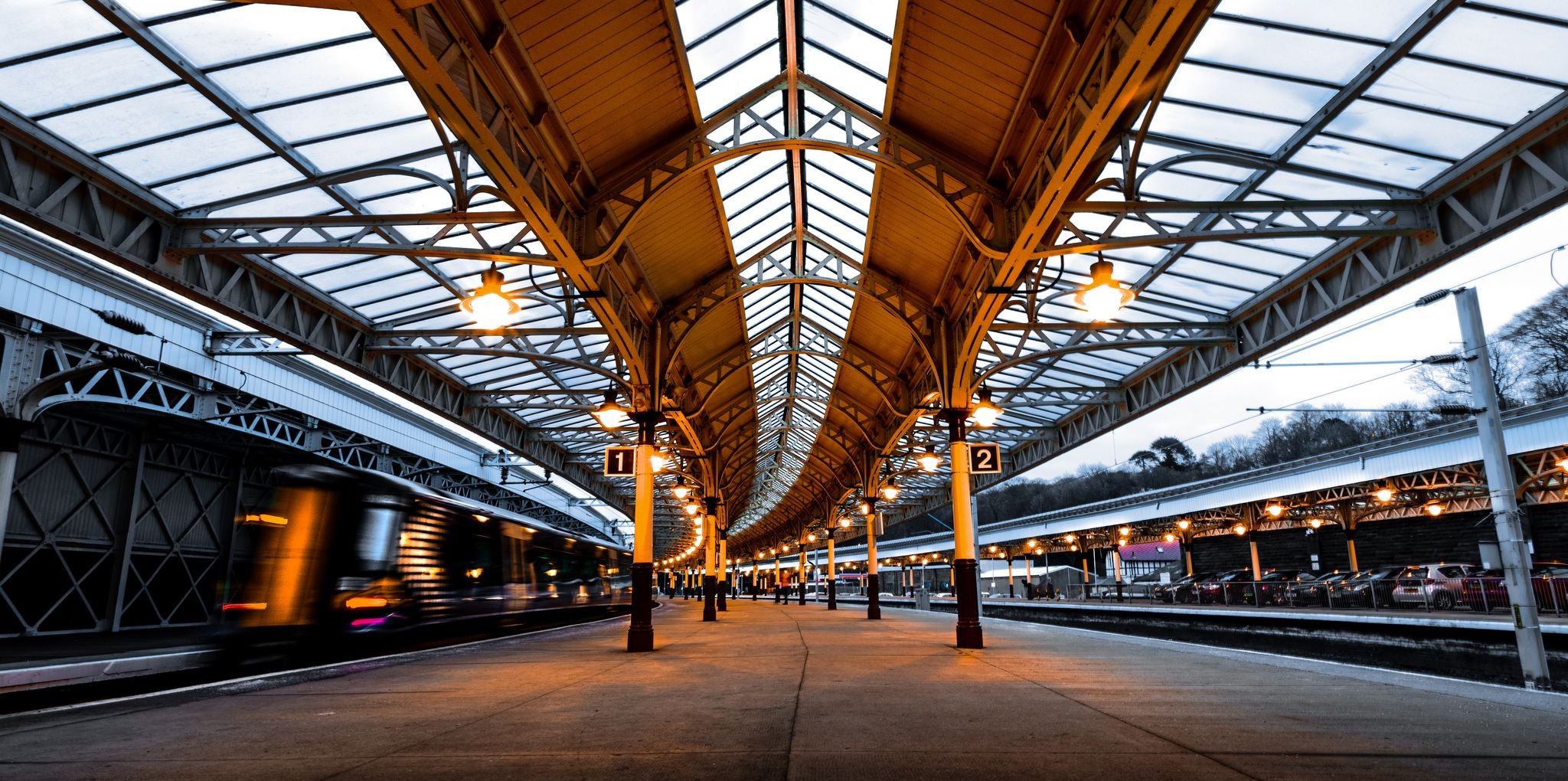
Scotland’s rail network connects major cities and offers scenic routes like the West Highland Line. This provides a convenient and picturesque way to travel.
Rail travel can be a highlight of your trip. It offers a unique perspective on Scotland’s beauty.
Many routes, such as the journey from Glasgow to Mallaig, are considered some of the most scenic in the world. They pass through dramatic landscapes and picturesque villages.
The best time to visit Scotland for a rail holiday is spring or autumn. These seasons offer milder weather and fewer disruptions. They provide a balance between decent weather and manageable tourist numbers.
Summer is the peak tourist season, so trains can be crowded. Advance booking is recommended. During winter months, severe weather conditions like snow and ice can lead to rail delays or cancellations.
When To Use Scotland’s Bus Network

Buses are cheap for getting around, especially in rural areas where train services might be limited. Scotland has an extensive bus network covering towns and villages inaccessible by rail. Long-distance coaches, like those run by Scottish Citylink, connect big cities and tourist spots.
Consider using bus passes for unlimited travel in summer, when the weather is favorable for visits to popular tourist areas. Bus schedules may be reduced during winter months or public holidays. In rural areas, services may be less frequent, so plan ahead to avoid long waits or missed connections.
Best Time for a Road Trip in Scotland
Renting a car provides the most flexibility, allowing you to reach areas with little public transport, like the Highlands and remote islands. Ensure you’re prepared for narrow and winding roads, especially in rural areas.
Summer has the best driving conditions and is the best time for a road trip in Scotland. However, summer is also the busiest season, so popular routes may have heavy traffic.
Driving conditions are generally good in spring and autumn, with fewer weather-related hazards. Winter weather can make driving hazardous due to snow, ice, and reduced visibility.
Some remote roads and high passes may be closed or difficult to navigate in winter. Always check road conditions and closures. Consider renting a vehicle with all-wheel drive for better handling in adverse weather.
Is There a Bad Time To Visit Scotland?

If you dislike cold and rain, avoid visiting Scotland from December through February. Scotland’s winters can be harsh, with subzero temperatures and significant rainfall. The Atlantic storms heavily impact the island, especially on the west coast.
Winter conditions make outdoor activities challenging. Hiking in the Highlands or exploring the isles means dealing with wet and chilly weather. Essential items for winter include a raincoat, waterproof shoes, and warm clothing.
City breaks in Glasgow or Edinburgh offer the luxury of warm coffee shops, but smaller seaside towns may lack such conveniences. Many establishments and tourist spots shut down for the season, reducing available attractions. Icy roads and severe weather can make driving hazardous and cause travel disruptions, including airline cancellations and delays.
Summer (June to August) is the peak tourist season. Expect pleasant weather and long daylight hours but also higher prices and crowded attractions.
Midges, tiny biting insects, are prevalent in moist, forested areas during summer. Use repellent and cover exposed skin to manage midges, but they can still be a nuisance. Popular events such as the Edinburgh Festival Fringe and the Cowal Highland Gathering attract large crowds. These months are less ideal for those who prefer quieter visits.
The Best Time To Visit Scotland in a Nutshell
Selecting the best time to visit Scotland depends on your interests and what you want to experience. Each season offers unique highlights and opportunities.
Generally, the best season to visit Scotland is either late spring (May to June) or early autumn (September). During these months, the weather is mild, and the landscapes are vibrant with blooming flowers or autumnal colors. Tourist crowds are smaller than in peak summer, offering a perfect balance for enjoying outdoor activities and exploring Scotland’s beauty without the high-season rush.
May and June feature longer days and blossoming flora, making them ideal for hiking and sightseeing. September provides stunning autumn colors and a serene atmosphere as the summer crowds dwindle.
FAQ: Planning Your Ideal Trip to Scotland
How long should you stay in Scotland?
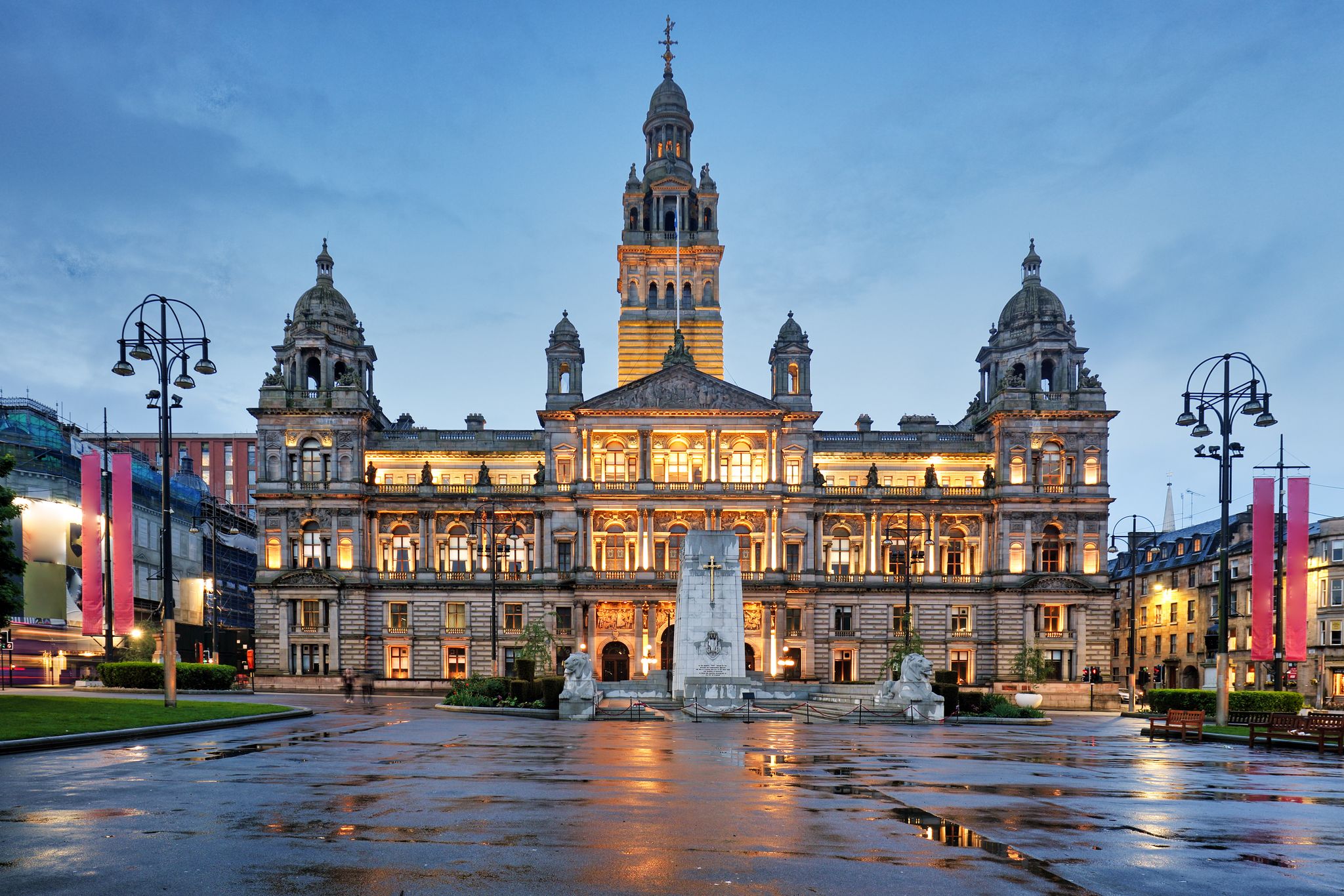
A stay of seven days in Scotland allows you to experience a mix of city life, countryside, and the Highlands. You have plenty of time to explore and visit the big cities like Edinburgh and Glasgow. See historic sites such as Stirling Castle and the Isle of Skye. You can also enjoy outdoor activities in the Highlands.
Planning a 10-day trip to Scotland ensures you won’t feel rushed. This will give you a full taste of Scotland’s diverse offerings.
What are the most budget-friendly months to visit Scotland?
January, February, and November are the cheapest months to visit Scotland, offering lower prices on accommodations and fewer tourists. During these months, many hotels and guesthouses offer big discounts. Flights to Scotland also tend to be cheaper. Popular tourist attractions are less crowded, allowing for a more relaxed and intimate experience.
However, be prepared for colder weather and shorter daylight hours. You can enjoy cozy indoor activities, such as visiting museums and tasting local whiskies.
The weather might limit outdoor activities, so pack warm clothes. Plan your itinerary to include both indoor and outdoor activities to get the most from your budget-friendly trip. Despite the challenges, many consider these months the best time to visit Scotland for those looking to save money.
When are Scotland’s rainiest periods?

October through January are the rainiest months in Scotland, so be prepared with waterproof clothing and flexible plans. The rain often makes outdoor activities difficult, but it also adds charm to the Scottish landscape, bringing misty hills and lush greenery. Packing a high-quality rain jacket, waterproof shoes, and an umbrella is essential for staying comfortable during your travels.
Indoor activities, like visiting museums, galleries, and historic buildings, are great options on rainy days. Keeping an adaptable itinerary ensures you can make the most of your trip, rain or shine. Embrace the wet weather by enjoying Scotland’s cozy pubs and trying hearty local food, which is a delightful part of the experience.
What is the best month to see the northern lights in Scotland?
The best time to visit Scotland to see the northern lights is from October to March. The best chances are in the north, especially in the Highlands and the Orkney and Shetland Islands. Planning your trip around these months increases your chances of a sighting, although they can never be guaranteed.
Joining a northern lights tour can enhance your experience, as guides know the best spots and times for sightings. They often provide additional information about the science and mythology behind the lights, adding depth to your experience. Wear warm clothing, as ideal viewing times occur during the freezing months.
What is the closest city to the Scottish Highlands?
The closest city to the Scottish Highlands is Inverness, which is why it’s often referred to as the "Gateway to the Highlands." Inverness provides easy access to many of the region's stunning landscapes and attractions including Loch Ness, Cairngorms National Park, and the Isle of Skye.
Inverness offers a variety of accommodation options, with several excellent restaurants and pubs to experience traditional Scottish fare. Try local specialties such as haggis, Scotch whisky, and fresh seafood. By using Inverness as your starting point, you'll have the perfect base for an unforgettable adventure in the Scottish Highlands.
Embrace Scotland's Year-Round Charm
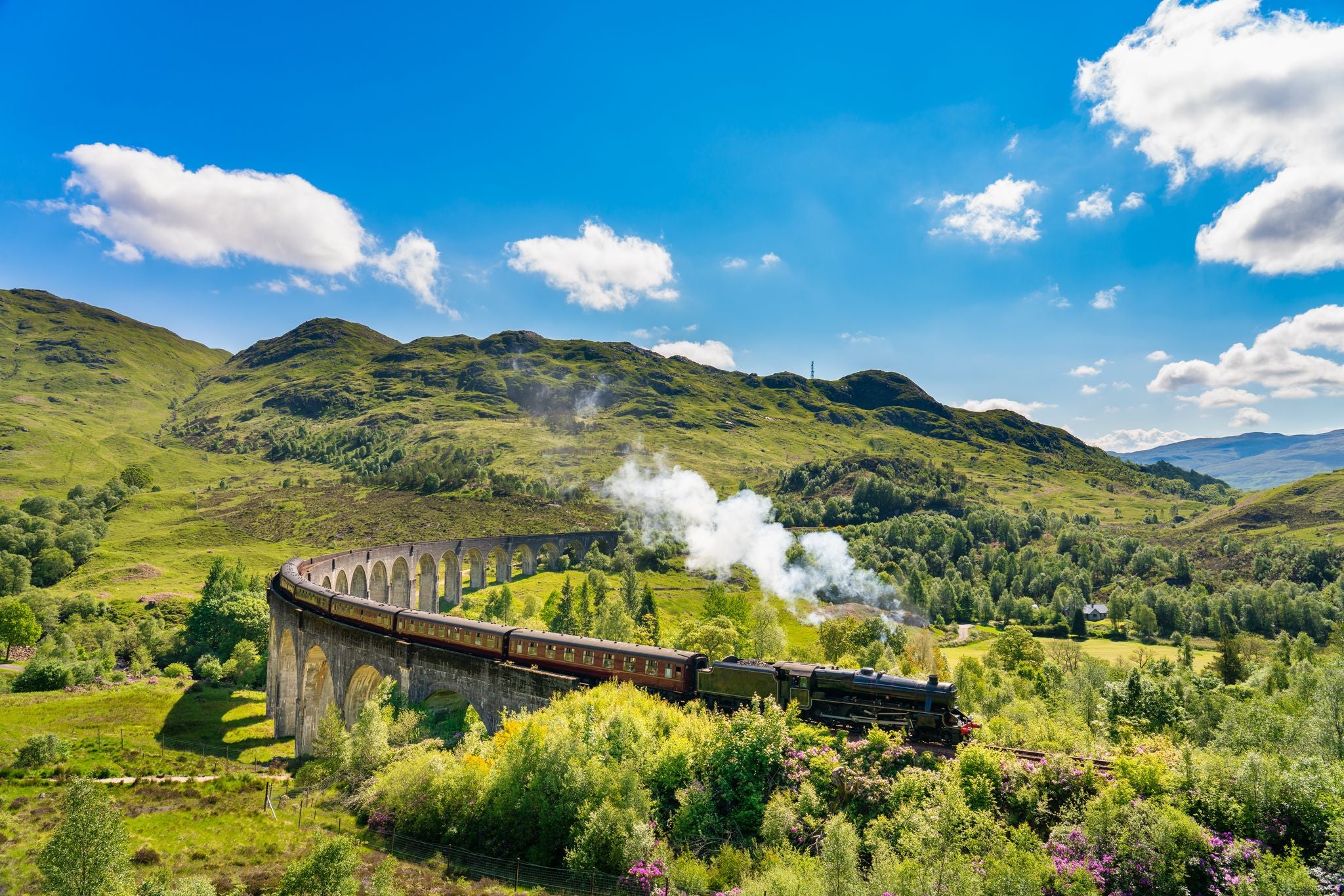
Scotland offers diverse experiences, with its ever-changing landscape making it a great destination year-round. Understanding and preparing for the weather ensures you can enjoy all that Scotland offers in any season.
The best time to visit Scotland depends on your preferences and what you wish to experience. You can hike in the sunny Highlands, explore historic sights without summer crowds, or see the magical northern lights. Each season brings its own unique opportunities and experiences.
Use the insights in this blog to plan your trip to Scotland. Or, browse these travel guides to Scotland's best destinations and explore all they have to offer. No matter when you visit, Scotland’s rich history, stunning landscapes, and warm hospitality will leave a lasting impression.
Pack your bags, prepare for all kinds of weather, and get ready for an unforgettable Scottish adventure. Whether it’s your first visit or a return trip, Scotland always has something new and exciting to offer.
